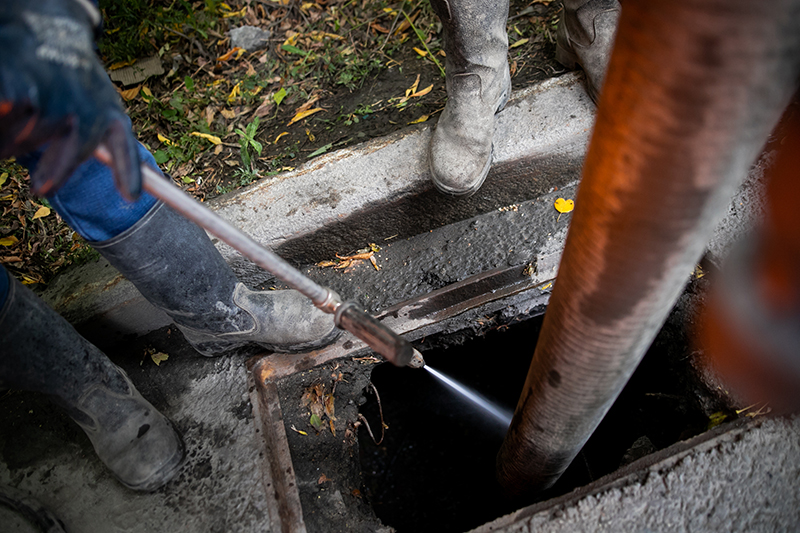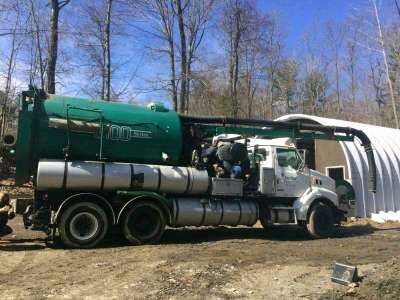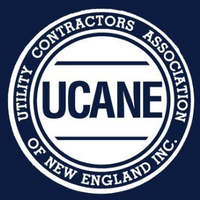
Hydro Excavation is the process of moving or removing soil with the use of pressurized water. A vacuum or air conveyance system is then used to safely transfer the soil and debris to a portable debris holding tank. This process provides for a non-destructive, and far more accurate process to excavate soil and locate underground utilities. In essence it is a non-destructive digging method. More traditional excavation processes such as hand digging and augers often cause safety hazards, delays, and even service interruptions due to damages.
With the high-tech hydro excavation process, pipes can be installed, repairs can be performed on existing lines, and new lines of utilities can be installed with far fewer safety and service related issues.
How Hydro Excavation Works
Hydro excavation equipment combines the use of high-pressure water with an air vacuum. The high-pressure water cuts through the soil and breaks it up. The vacuum’s job is to then remove the slurry from the excavation site. The debris is transferred into a portable debris tank where it is then transported away from the excavation area. Hydro excavation requires a vacuum source in the form of a fan system or positive displacement blower.
The fan system has the ability to move air in large amounts, which of course allows for faster excavations.
It is also easier to operate and control. On the other hand, the positive displacement blower system has the ability to move air in significantly longer distances than the fan system. That means excavation can be performed at greater depths but at a slower pace.
Exposing Underground Utilities
Although hydro excavation can be utilized for virtually any type of excavation, the process works extremely well for exposing underground utilities and utility lines. Underground utilities often need to be inspected in order to ensure that they are in the proper working order, or they have parts that are damaged and need to be repaired or replaced. Prior to the invention of hydro excavation, these underground utilities could only be exposed using traditional digging methods, which tend to cause a tremendous amount of damage to the ground and the utility lines themselves.
In the hydro excavation process, utilities are exposed by injecting highly pressurized water into the ground with a handled wand in order to wash away the soil within the area that the utility line is located. A debris hose then transfers the soil back to the debris holding tank that is typically located within or on a portable vacuum truck. This method provides a clean, speedy, and complete excavation of the area that needs to be excavated. Hydro excavation requires far less restoration after the job is complete.
It also requires far less backfill, labor force, and significantly reduces the negative environmental effects when compared to traditional excavation methods. The controlled flow of the water stream also maintains a far more accurate excavation. For example, hydro excavation only removes the needed amount of soil that is required to expose the utility lines for inspection, repair, and replacement. The hydro excavation process provides you with the ability to dig without disturbing the surrounding soil, and other underground utilities.
In addition, hydro excavation can be fully utilized when the ground is frozen when a heater is added to the system. Hydro excavation also eliminates the unnecessary traffic congestion, and provides a far cleaner excavation site when underground utilities need to be exposed. Last but certainly not least, hydro excavation is significantly more cost effective than manual and mechanical excavation methods. All of these advantages have made hydro excavation the preferred choice for exposing underground utilities.
If you have any questions about hydro excavation, or would like to schedule an estimate we are happy to help. Jolin Paving & Excavating, Inc. is your New England connection for a vast variety of environmentally related services. Our company has been serving Boston Massachusetts, Southern NH, VT & ME as well as Northern CT & RI since 1952. Please Contact us to learn more today.
continue reading





